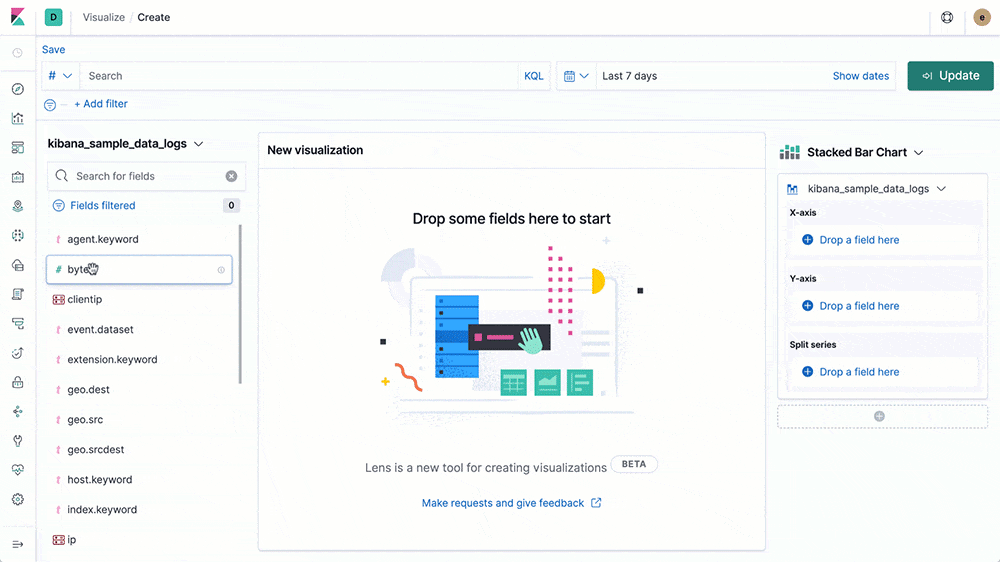Logstash
Elastic Logstash is Centralize, transform & stash your data, used for Data Orchestration and Integration . Logstash is a free and open server-side data processing pipeline that ingests data from a multitude of sources, transforms it, and then sends it to your favorite "stash."

Prepare
When referring to this document to use Elastic Logstash, please read and ensure the following points:
-
Login to Websoft9 Console and find or install Elastic Logstash:
- Go to My Apps listing applications
- Go to App Store installing target application
-
This application is installed by Websoft9 console.
-
The purpose of this application complies with the SSPL-v1 open source license agreement.
-
Configure the domain name or server security group opens external network ports for application access.
Getting started
Initial setup
- When completing the installation of Logstash in the Websoft9 Console, get the applicaiton's Overview and Access information from My Apps
Capturing (Input) Data
In Logstash's configuration file, specify one or more input plugins to define the source of your data. Logstash provides a variety of built-in input plugins, such as File, TCP, UDP, HTTP, and more. Choose the appropriate input plugin based on your needs and configure its parameters.
Filtering data
For data processing, configure filtering plugins (for example, grok, mutate, date) to parse, modify, or enrich data based on its structure and your requirements.
Exporting data
To Elasticsearch
Refer to: Elasticsearch Connection Logstash
To Kafka
- Install the Kafka plugin.
- Add the connection configuration to the configuration file.
output {
kafka {
bootstrap_servers => "kafka_host:port" # Kafka server host and port
topic_id => "your_topic" # Name of the Kafka topic
}
}
Configuration options
- Logstash configuration file (mounted): usr/share/logstash/pipeline/logstash.conf